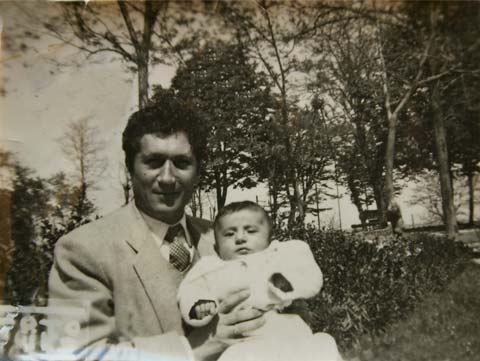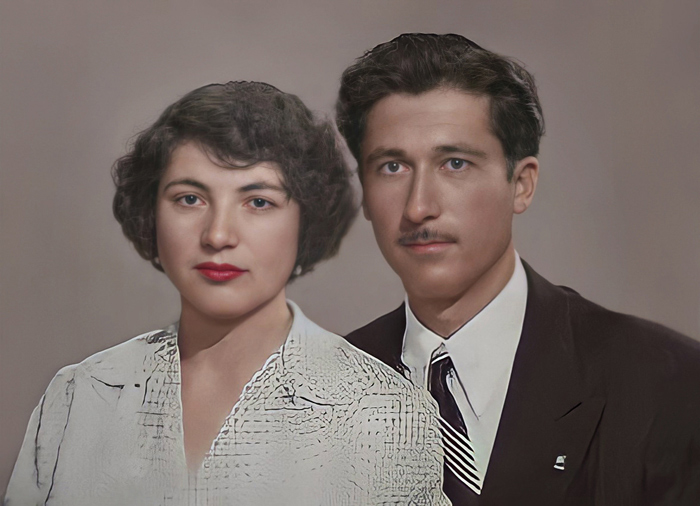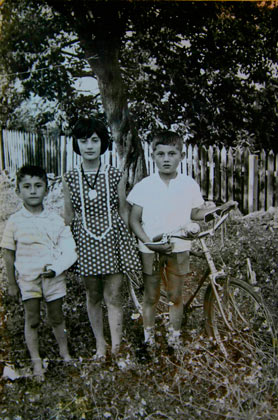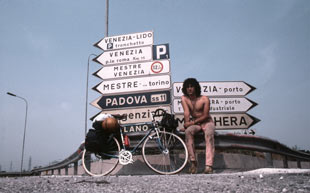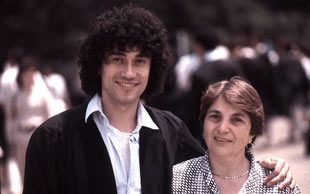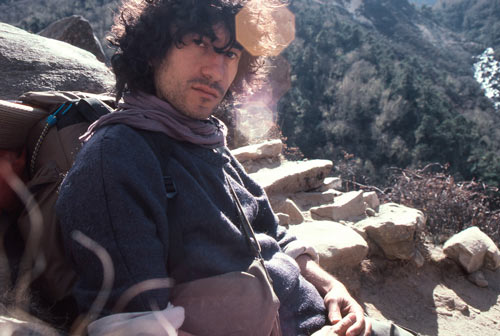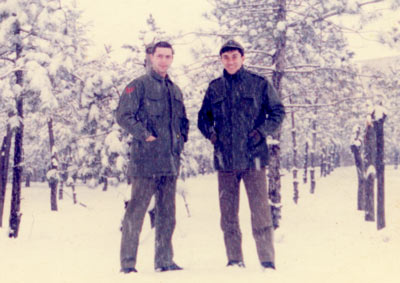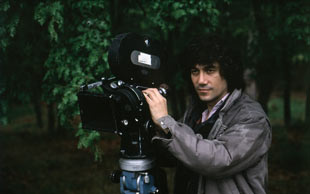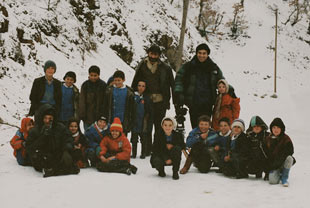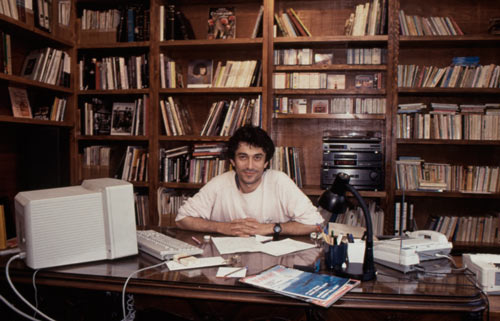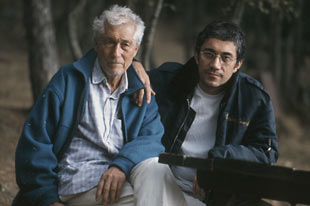BIO |
|||||||||||
| nbc home | |||||||||||
|
|||||||||||
| Nuri Bilge Ceylan - Biography | |||||||||||
|
Born in Bakırköy, Istanbul on 26 January 1959, Nuri Bilge Ceylan spent his childhood in Yenice, his father's hometown in the North Aegean province of Çanakkale. His father, an agricultural engineer, had been working at the Agricultural Research Institute in Yeşilköy, Istanbul. But when, with idealistic aspirations, he requested a transfer to Çanakkale, the family uprooted and moved to Yenice. Nuri Bilge was just two at the time. For Nuri Bilge and his older sister Emine the move meant a childhood of freedom roaming the Yenice countryside. It was only to last, however, until his sister finished middle school. Since there was no high school in Yenice in those years, the family was forced to return to Istanbul in 1969, as a result of which Nuri Bilge spent the fifth grade of primary school, as well as his middle and high school years at state schools in Bakırköy. All the same, he generally chose to go back to Yenice for at least some of the summer holidays. In 1976, having graduated from high school, he began studying chemical engineering at Istanbul Technical University. These, however, were turbulent times; and lectures were constantly interrupted by boycotts, clashes and political polarization. His course was based at the university's Maçka campus, where incidents were at their most intense, and two years slipped by with little opportunity for study: circumstances simply didn't allow. In 1978, he re-sat the university entrance exams and switched courses to electrical engineering at Boğaziçi University, where there was relatively little trouble at the time. His interest in the art of photography, kindled during his time at high school, blossomed at the Boğaziçi University photography club, where he also took passport-style photos to earn some pocket money. As well as photography, he also became involved with the mountaineering and chess clubs. The university's extensive library and music archive played a significant role in fuelling his passion for the visual arts and classical music in particular. Meanwhile, the elective film studies course he took with Üstün Barışta and the film club's special screenings did much to reinforce his love of cinema, which had taken root earlier during showings at the Cinémathèque in Istanbul's Taksim. These were the years before DVD and video when films had to be watched at the cinema.
Having graduated in 1985, Nuri Bilge started contemplating the question of what he should do in life first in London, then in Kathmandu. His travels in the east and west lasted months and on return to Turkey he put the agony of indecision to rest by resolving to do his military service. And during those 18 months in the army in Mamak, Ankara, he found out how to give shape to the rest of his life. Through cinema... With military service over, he set about putting the decision into practice. And while studying film at Mimar Sinan University, he took commercial photographs as a means of livelihood. But at 30-something, he was the university's oldest student and in a hurry to make a career for himself. After two years he abandoned the course. He began by acting in a short film directed by his friend Mehmet Eryılmaz, but at the same time participating in the entire technical process from beginning to end, thus building on the knowledge he already had. He later bought the Arriflex 2B camera that had been used to shoot that film in order to make his own short film. In those days, video cameras were not yet an option. Towards the end of 1993, he began shooting the short film KOZA (Cocoon), using a combination of negative he brought back in a suitcase from Russia and some stock long past its expiry date that he was given by the state broadcaster TRT. The film was screened at Cannes in May 1995 and became the first Turkish short to be selected for competition at the Cannes Film Festival. Three full-length feature films followed that could be cast in terms of a sequel to KOZA; they have also been described by some as his 'provincial trilogy': KASABA (The Small Town, 1997), MAYIS SIKINTISI (Clouds of May, 1999) and UZAK (Distant, 2002). In all of these films, Ceylan enlisted his close friends, relatives and family as actors and took on just about every technical role himself: the cinematography, sound design, production, editing, writing and direction... When UZAK, the final film of the trilogy, won the Grand Prix at the 2003 Cannes Film Festival, Ceylan suddenly became an internationally recognized name. Continuing on the festival circuit after Cannes, UZAK scooped a total of 47 awards, 23 of them international, and so became the most award-winning film in the history of Turkish cinema. Next to follow in 2006 was İKLİMLER (Climates), which again premiered at the Cannes Film Festival, this time scooping the FIPRESCI Prize. The lead roles in this film were shared by Nuri Bilge and his wife Ebru Ceylan. Competing at the 61st Cannes Film Festival with his 2008 film ÜÇ MAYMUN (Three Monkeys), Nuri Bilge won the Best Director award. ÜÇ MAYMUN later went on to become the first Turkish film to make the Oscar shortlist in the Academy Awards Foreign Language Film category. In 2009, the director returned to Cannes, this time as a member of the main competition jury. In 2011, his film "ONCE UPON A TIME IN ANATOLIA" won the Grand Prix again at Cannes Film Festival. In 2014, his next film "WINTER SLEEP" won the top prize "Palme D'or" at Cannes Film Festival. At the end of 2003, in the course of location scouting for 'Climates', Nuri Bilge returned to photography for the first time since military service. From this point on, he began devoting his time to both cinema and photography.
|

